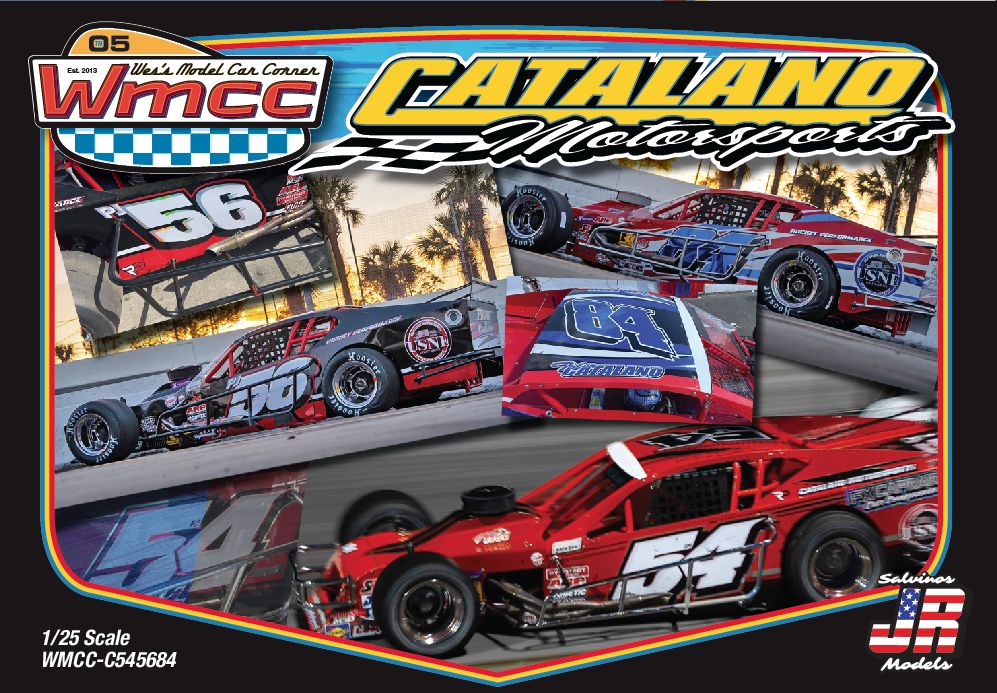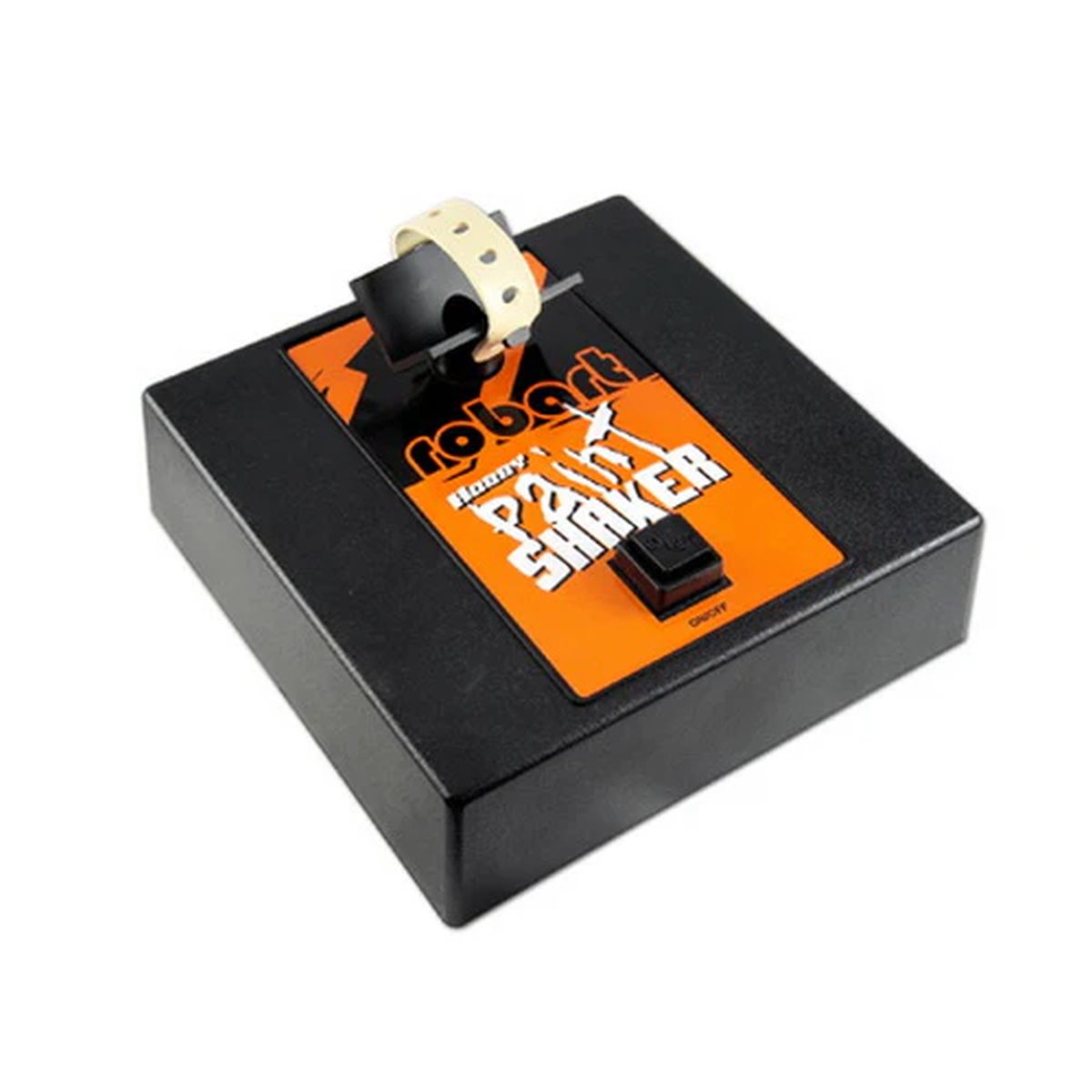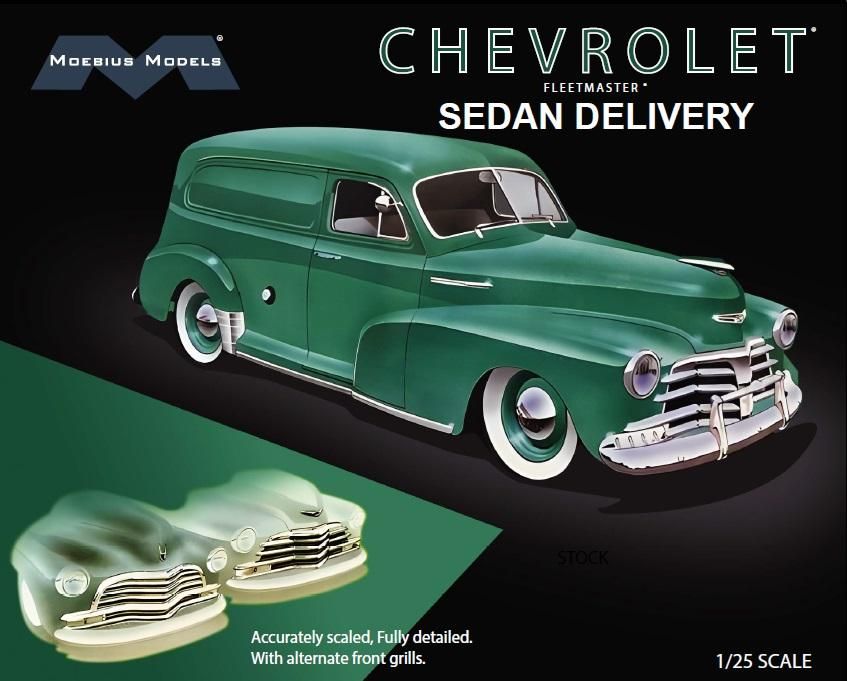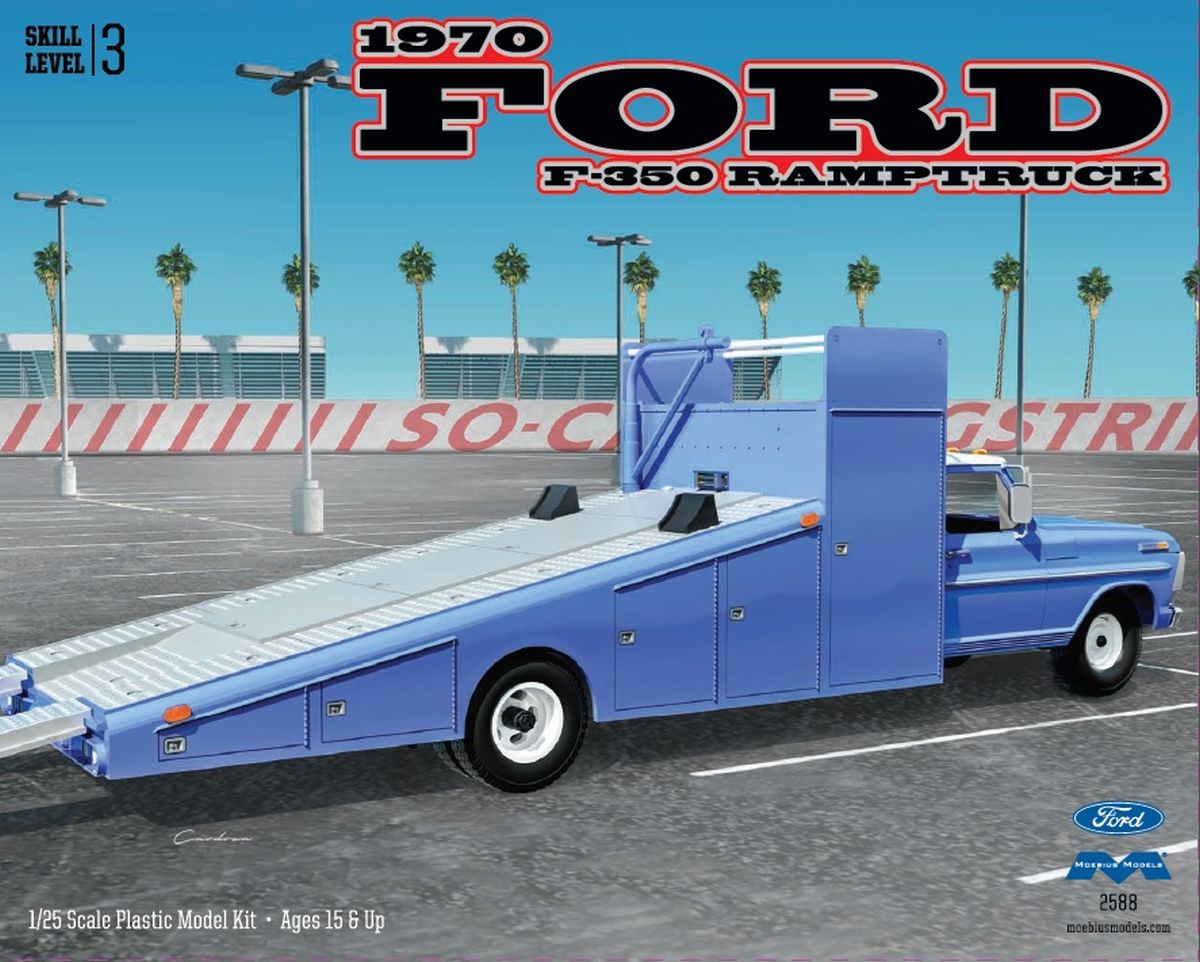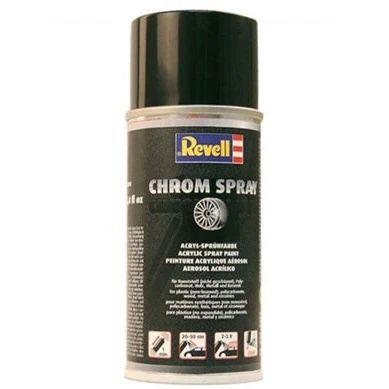
O North Pole 2pk 60′ Streamlined Sleeper/Diner Psg.Cars w/LE
The lightweight, streamlined passenger car was a product of
the Great Depression. While the heavyweight steel cars built in the
teens and 1920s were dependable and often luxurious, their dark colors
and solid, battleshiplike exteriors did little to lift the spirits at a
time when the entire nation needed a pick-me-up. As noted railroad
historian John H. White, Jr. put it in The American Railroad Passenger
Car, “Some hope during these gloomy years was offered by a new design
concept called streamlining. It presented a sleek, modern image of
speed and innovation. What had been an obscure technical term in
aerodynamics was made into a household word through an astute publicity
campaign mounted by several railroad traffi c departments. It succeeded
in creating a general interest in railroading practically unknown since
the opening of the fi rst transcontinental line. According to Railway
Age, ‘For the fi rst time in many years, the words ‘sold out’
re-entered the ticket clerk’s vocabulary.'”
But as White notes, the real change in passenger car
construction was in weight, not the streamlined appearance that was
largely for show: “Weight, not air friction, was the chief obstacle to
economic operation.” Unlike the heavyweights, the lightweight cars that
debuted in the mid-1930s featured sides and roofs that contributed to
their structural strength, eliminating the need for the heavyweights’
massive underframes. Trucks went from six wheels to four, non-revenue
space was decreased by using a vestibule on only one end of the car,
and lighter, stronger, more rust resistant steel alloys came into
widespread use. A typical new lightweight could be 15-20 tons lighter
than the heavyweight car it replaced.
As with the diesel revolution that was simultaneously taking
place, one of the key players in the changeover to lightweights was not
an established industry name, but an upstart new player from the
automotive industry: the Budd Company of Philadelphia, a supplier of
auto body stampings. In 1928, Edward G. Budd had heard about stainless
steel, a lightweight, rustproof metal introduced in 1912 by Krupp of
Germany. Budd was the first to grasp the potential of stainless beyond
cutlery and novelty items. The key problem was the inability of
stainless steel to be fabricated with normal welding techniques. Budd’s
chief engineer, Colonel Earl J.W. Ragsdale, spent five years developing
the key process needed to make stainless into a viable structural
material: the patentedShotweld electric welding process.
Beginning with the Burlington’s Pioneer Zephyr of 1934,
gleaming Budd-built trains, constructed almost entirely of stainless,
helped defi ne the look of the streamlined era to the American public –
even on railroads like the Pennsylvania and Norfolk and Western that
painted over the stainless with company colors. While other car
builders such as Pullman countered with stainless-sheathed steel cars
like the Southern Pacifi c’s Daylights, they were forced to use rivets
rather than welding for construction. In later years, the result was
that Budd cars lasted almost indefi nitely, while the
stainless-sheathed imitatorswere plagued with out-of-sight rusting
under the sheathing.
RailKing Passenger Cars are available in the popular 60′
Streamlined and Madison style bodies. Configured in 4-car, 2-car and
single-car configurations, each type features car interior detail,
overhead interior lighting, end-of-car diaphragms and intricate
under-car detail. All configurations are mounted atop die-cast metal 4
or 6-wheel trucks with operating metal couplers, metal wheels and metal
axles.
Designed to bring authenticity and smooth performing
operation to any O Gauge layout, modelers will find no finer O Gauge
value than RailKing Passenger Cars.
- Intricately Detailed, Durable ABS Bodies
- Detailed Car Undercarriage
- Colorful, Attractive Paint Schemes
- Metal Wheels and Axles
- Die-Cast 4-Wheel Trucks
- Fast-Angle Wheel Sets
- Needle-Point Axles
- (2) Operating Die-Cast Metal Couplers
- Overhead Interior Lighting
- Constant Voltage Colored LED Body Lights
- End-of-Car Diaphragms
- 2-Car Sets Feature (1) Sleeper, (1) Diner
- Unit Measures: 16 11/16″ x 2 1/2″ x 3 5/16″
- Operates On O-31 Curves

